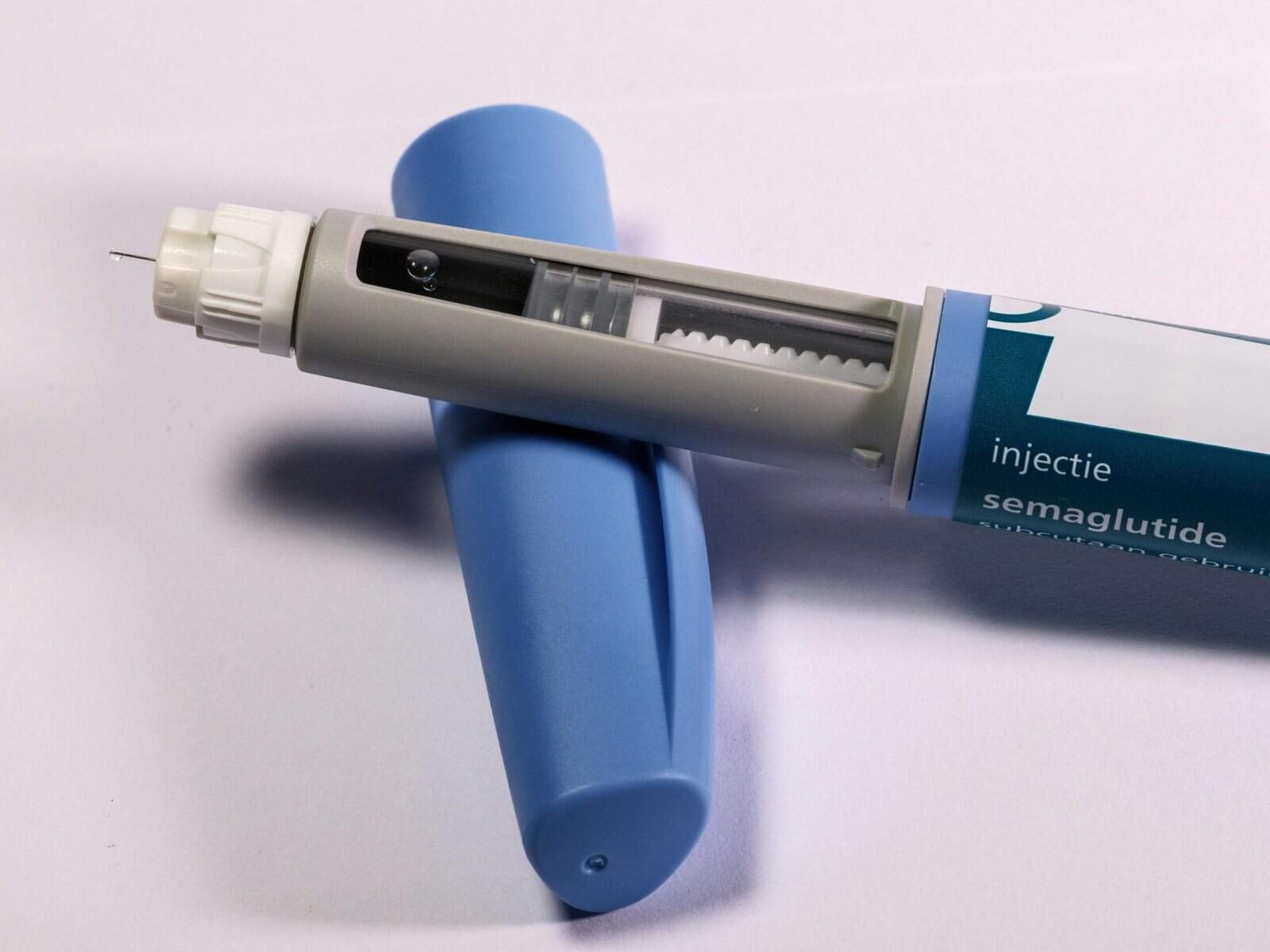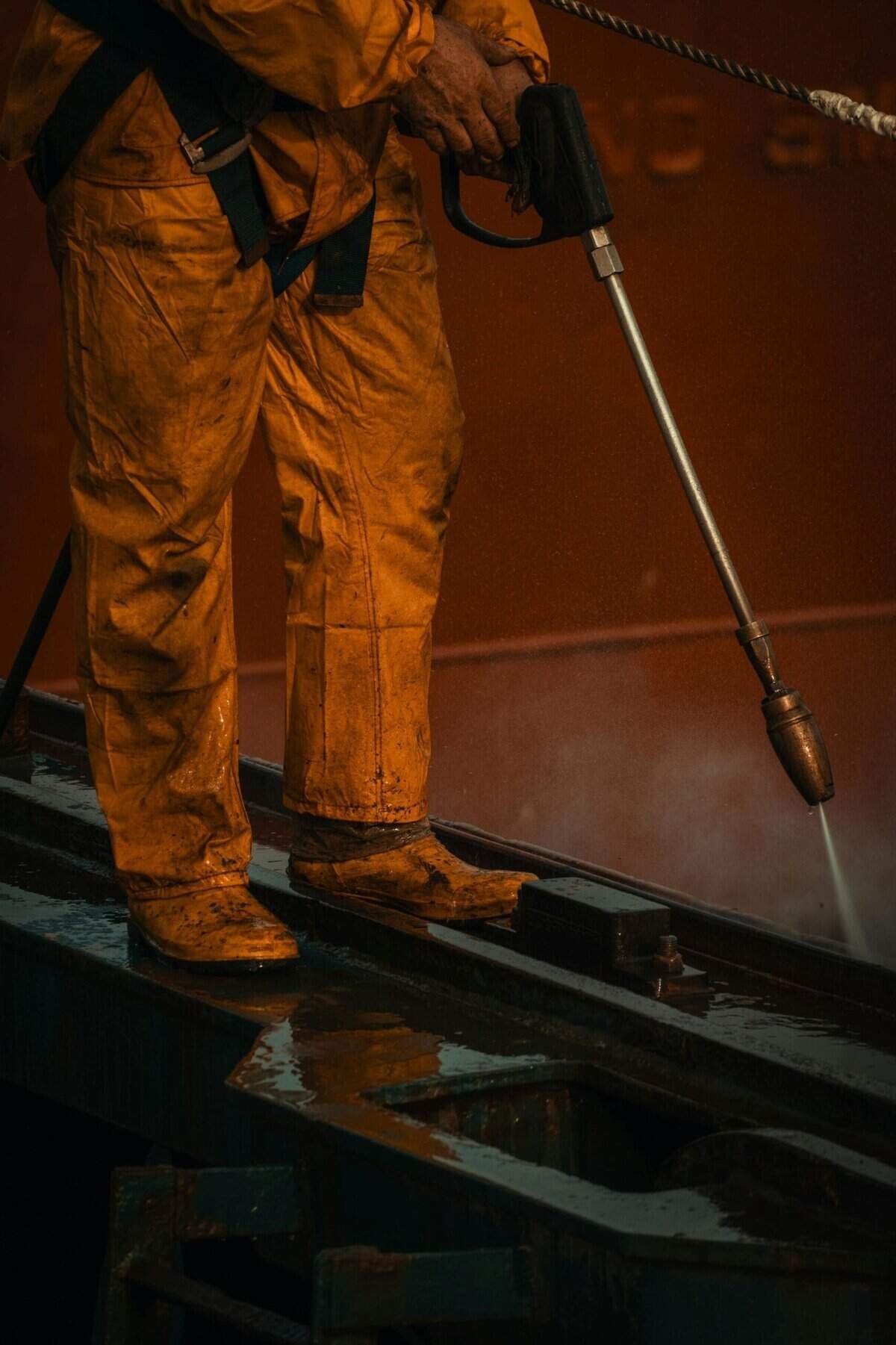How do you handle sediment buildup in a well? This is a common question for those who rely on well water for their water supply. Dealing with sediment buildup not only ensures the longevity of your well but also maintains the quality and safety of your water. Let’s explore some practical ways you can manage and minimize sediment buildup in your well, ensuring it continues to serve you effectively.

Understanding Sediment Buildup
Sediment buildup refers to the accumulation of particles, such as sand, silt, clay, or organic matter, that can settle at the bottom of a well over time. This issue is prevalent in both drilled and dug wells, and the rate of sediment accumulation can vary depending on several factors such as geological conditions, weather patterns, and well structure. Understanding the nature of sedimentation is an essential step in dealing with it effectively.
Common Causes of Sediment Buildup
Various factors contribute to sediment buildup in wells. Some of the main causes include:
- Natural Erosion: Over time, natural erosion processes can introduce fine particles into the groundwater, which then become part of the water drawn into your well.
- Well Construction Quality: Poorly constructed wells may allow more sediment to enter, particularly if casing and grouting are not adequately applied.
- Aquifer Conditions: The type of aquifer from which your water is drawn can also impact the level of sediment. Some aquifers inherently have more particulates.
Why Sediment Buildup Matters
Sediment buildup, if left unchecked, can present several problems that affect both your well system and your water quality.
Impact on Well Equipment
Sediment can damage well equipment, leading to increased repair and maintenance costs. Submersible pumps are particularly vulnerable as sediment can cause abrasive wear on the pump, reduce its efficiency, or even result in failure.
Impact on Water Quality
Excessive sediment can affect the clarity, taste, and safety of your water. It can lead to discoloration and may encourage bacterial growth, which can compromise water quality and pose health risks.
How to Identify Sediment Buildup
Recognizing the signs of sediment buildup early can save you from future headaches. Here are a few ways to identify the problem:
Changes in Water Clarity
If your water suddenly becomes murky or cloudy, this could be a sign of sediment buildup.
Sediment in Appliances
You might notice sediment deposits in toilets, sinks, or other water-utilizing appliances. This is a strong indicator that your well may be the source.
Pump Issues
A drop in water pressure or increased electricity costs can signal your pump is struggling, likely due to sediment accumulation.
How to Address Sediment Buildup
Handling sediment buildup involves a mix of preventative measures and corrective actions. By adopting a systematic approach, you can effectively manage this issue:
Professional Well Inspection and Maintenance
Having your well inspected by a professional ensures that any sediment-related issues are caught early. Routine inspections can help identify potential problems before they escalate.
Well Construction and Repair
If your well is older or has structural issues contributing to sediment ingress, you may need to consider repairs or improvements.
Installing Sediment Filters
Installing a sediment filter can help capture particles before they reach your pump and household plumbing. For many well owners, a simple screen or cartridge filter is sufficient.
Flushing the Well
In some cases, simply flushing the well can help control sediment levels. This involves pumping water out of the well to remove accumulated sediment.

Long-Term Strategies for Sediment Control
To maintain your well in the long term, consider these strategies:
Developing a Maintenance Schedule
Regular maintenance is crucial. Create a checklist for periodic inspections and tasks such as testing the pump and flushing the well.
Continuous Monitoring
Implement systems for continual monitoring of water quality and sediment levels. Sensors and testing kits can provide early warning against potential sediment issues.
Community and Environmental Considerations
Sediment in wells can be exacerbated by surrounding environmental factors or community development. Engage with local authorities to ensure land use policies and practices don’t interfere with groundwater quality.
Upgrading Equipment
Regular assessment and potential upgrade of your well equipment can prevent sediment issues. Modern submersible pumps and filters are typically more efficient at handling sediment than older models.
Water Testing and Health Considerations
Testing your water regularly can help ensure it remains safe to consume. Contaminants associated with sediment, like bacteria, can pose health risks. Thus, scheduled tests for common contaminants are necessary.
Types of Tests
There are various tests you can perform to ensure water quality:
- Turbidity Test: Measures water clarity and indicates the presence of sediment.
- Microbial Test: Identifies harmful bacteria that might be growing in your well.
- Chemical Test: Checks for harmful chemicals that may accompany sediment.
Responding to Test Results
If tests indicate heightened sediment or contamination levels, you might need to take corrective measures like shock chlorination or enhanced filtration.

Practical Conclusion and Summary
Taking a proactive approach to manage sediment buildup in your well can save you considerable hardship and expense. By understanding the causes, impacts, and solutions, you equip yourself to handle this natural and manageable issue effectively.
Quick Reference Guide
| Task | Frequency | Purpose |
|---|---|---|
| Professional Inspection | Annually | Identify potential issues |
| Sediment Filtering | Continual | Maintain water quality |
| Water Testing | Bi-annually | Ensure safety and quality |
| Equipment Assessment | Every 5 years | Ensure efficiency and reliability |
| Community Engagement Planning | Ongoing | Protect local groundwater quality |
By incorporating these strategies into your well management routine, you can mitigate the adverse effects of sediment buildup and enjoy clean, safe water. Keeping an open line of communication with well water professionals and staying informed about your local groundwater conditions will also fundamentally support your efforts in maintaining a healthy and functioning well system.
